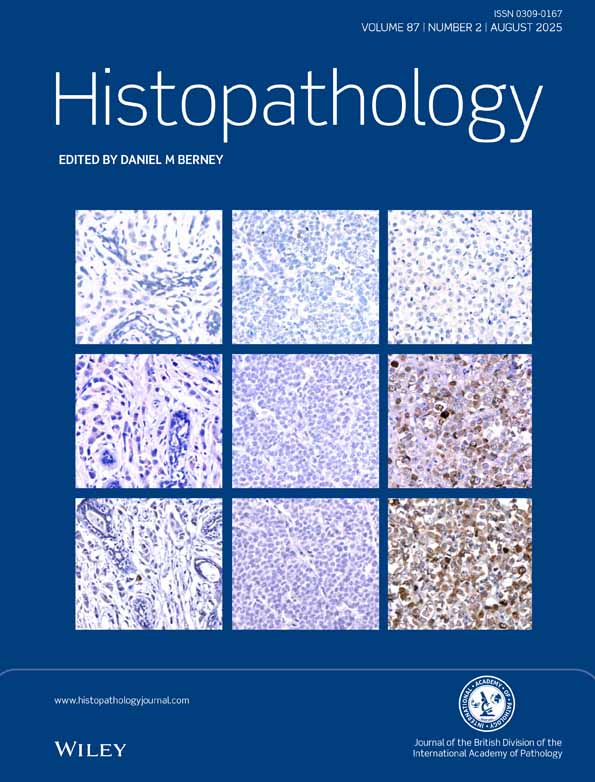Apocrine adenosis of the breast: clonal evidence of neoplasia
Abstract
We report here a case of apocrine adenosis of the breast in a 66-year-old woman. To clarify the nature of this lesion, we examined it by clonal analysis.
The lesion, 43 mm at its greatest dimension, was ill-circumscribed, lacking a fibrous capsule, and was composed of compact glands that showed typical histological features of apocrine adenosis. Clonality analysis, using the polymerase chain reaction (PCR)-based method for females heterozygous for a BstXI polymorphism of the X-linked phosphoglycerokinase (PGK) gene, revealed the monoclonal nature of the lesion.
This result strongly suggests that some populations of apocrine adenosis are already neoplastic, and this could contribute to the premalignant potential of this lesion.




